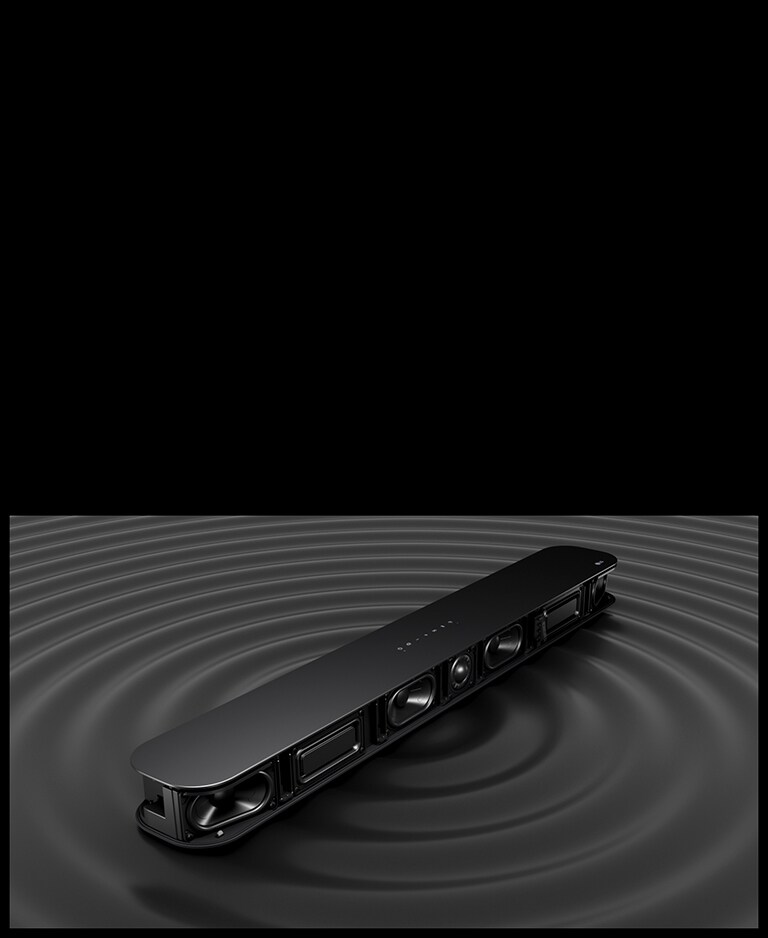Passive Radiator is a speaker component that looks like a woofer but functions like a port, utilizing the air pressure generated by the main speaker to enhance bass frequencies. It is typically used in speaker enclosures to improve sound quality and extend the low-frequency response.
In basic terms, a radiator helps create deep bass by using the trapped air pressure within the enclosure to resonate and produce lower frequencies. By following a general rule of thumb, the radiator’s surface area should be twice that of the speaker driver to achieve optimal performance.
Passive radiators offer several benefits, such as increased efficiency and reduced distortion, making them a popular choice in speaker design.

Credit: www.lg.com
1. The Role Of Passive Radiator In Speaker Systems
Passive radiators play a crucial role in enhancing the audio performance of speaker systems. By understanding how radiators work, we can appreciate their contribution to superior sound quality. Passive radiator technology operates by using the sound pressure trapped in the speaker enclosure to excite a resonance that improves the creation of deep bass pitches.
Similar to ported loudspeakers, radiators help create a more immersive audio experience. One of the main advantages of using radiators is their ability to enhance bass response without the need for additional electronic components.
This simplifies the design and reduces costs without compromising sound quality. Additionally, radiators offer a greater range of design possibilities, allowing for slimmer speaker profiles and improved aesthetics.
2. Design Considerations For Passive Radiator
Design Considerations for Passive Radiators:
|
A passive radiator in a speaker enclosure is an essential component that can greatly impact its performance. When determining the appropriate size and surface area for a radiator, it is important to consider the size of the speaker driver and the enclosure.
A good rule of thumb to follow is to have a radiator with twice the surface area of the main driver. This ensures proper airflow and enhances bass response. Another crucial design consideration is balancing the resonance frequency of the radiator with the main driver.
This ensures that both components work harmoniously to produce accurate and high-quality sound. Improper balancing can lead to resonance issues, distortion, and an uneven frequency response. Furthermore, optimizing the enclosure design is crucial in maximizing the benefits of a passive radiator.
Properly positioning the passive radiator within the enclosure, considering its interaction with the main driver and other components, can lead to improved bass extension and overall sound performance. In conclusion, designing a speaker system with radiators requires careful consideration of size, balancing, and enclosure design to achieve optimal performance and enhanced bass response.
3. Comparing Passive Radiators To Other Bass-Enhancing Technologies
Frequently Asked Questions For Passive Radiators
What Does A Passive Radiator Do?
A radiator helps enhance bass in a speaker system by using the sound pressure trapped in the enclosure to create resonance. It complements the main driver and provides deeper pitches, similar to a ported loudspeaker.
What Is The Disadvantage Of Passive Radiator?
The disadvantage of a radiator is that it requires a larger enclosure compared to other speaker designs.
What Is The Rule For Passive Radiators?
A good rule for passive radiators is to ensure that the size of the radiator corresponds to the size of its enclosure and the speaker. It is recommended to have a radiator with twice the surface area of the speaker driver.
This helps achieve optimal performance and sound quality.
Do Passive Radiators Produce Bass?
Yes, radiators do produce bass. They use the sound pressure trapped in the enclosure to enhance the speaker system’s ability to create deep pitches and basslines.
Conclusion
Passive radiators are a valuable component in speaker systems, enhancing bass response and improving overall sound quality. By harnessing the air pressure generated by the main driver, radiators create a resonance that allows speakers to produce deeper pitches. The rule of thumb is to match the size of the radiator to the speaker driver, typically having twice the surface area.
With benefits such as increased bass and an enhanced speaker enclosure, radiators are a must-have for audio enthusiasts. Explore the wide selection of radiators available to elevate your sound experience.










Reviews
There are no reviews yet.